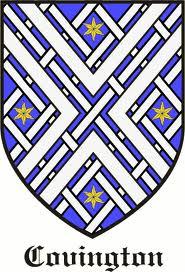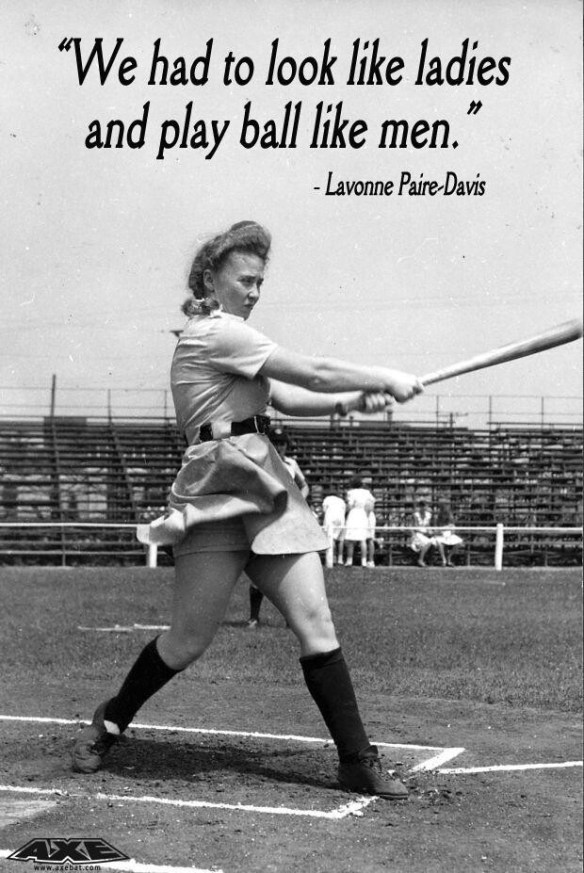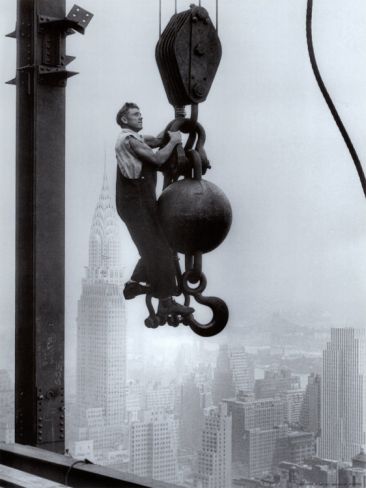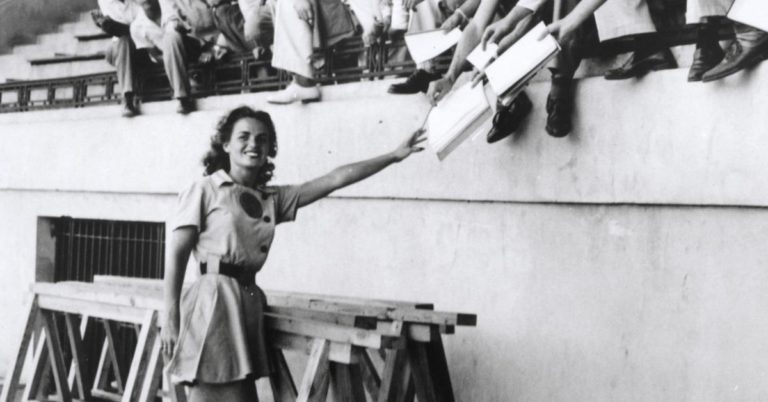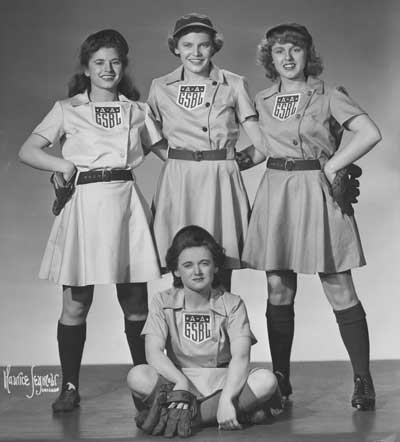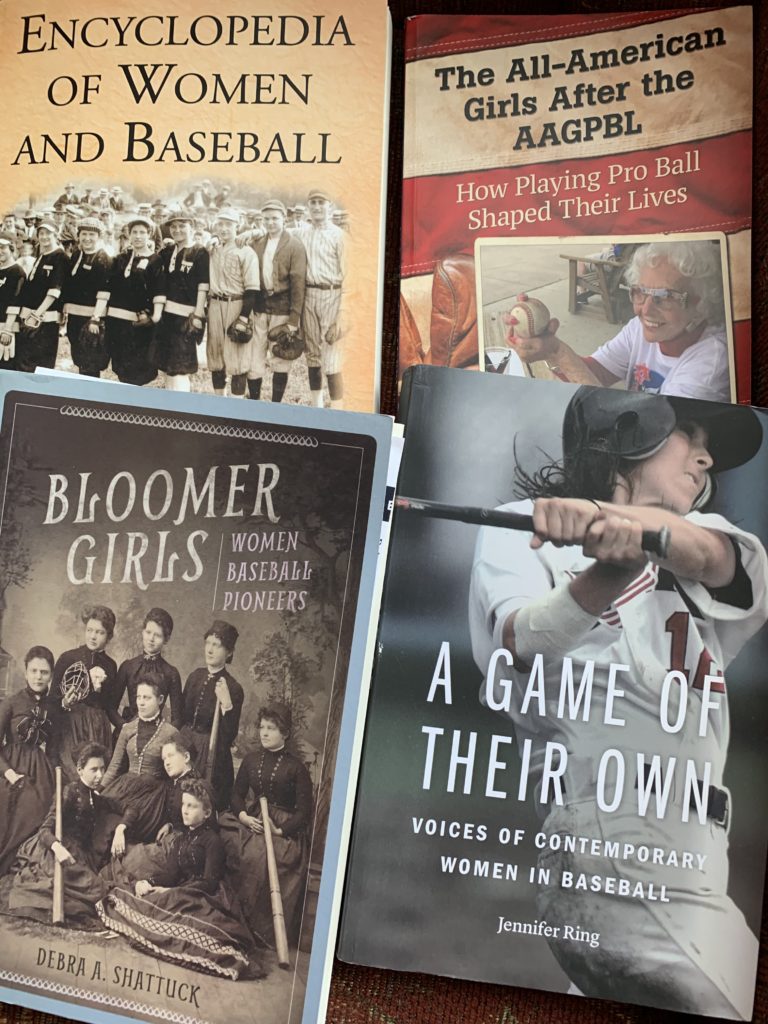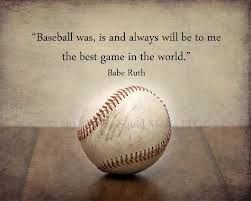Fork in the Road – We are All Family
This is an installment into my search of the genealogy of my family and that of my wife. There will be tons of stories that I will write about after searching. Keep in mind I have tried to get all correct information but I can guarantee you there will be mistake and they are unintentional….

